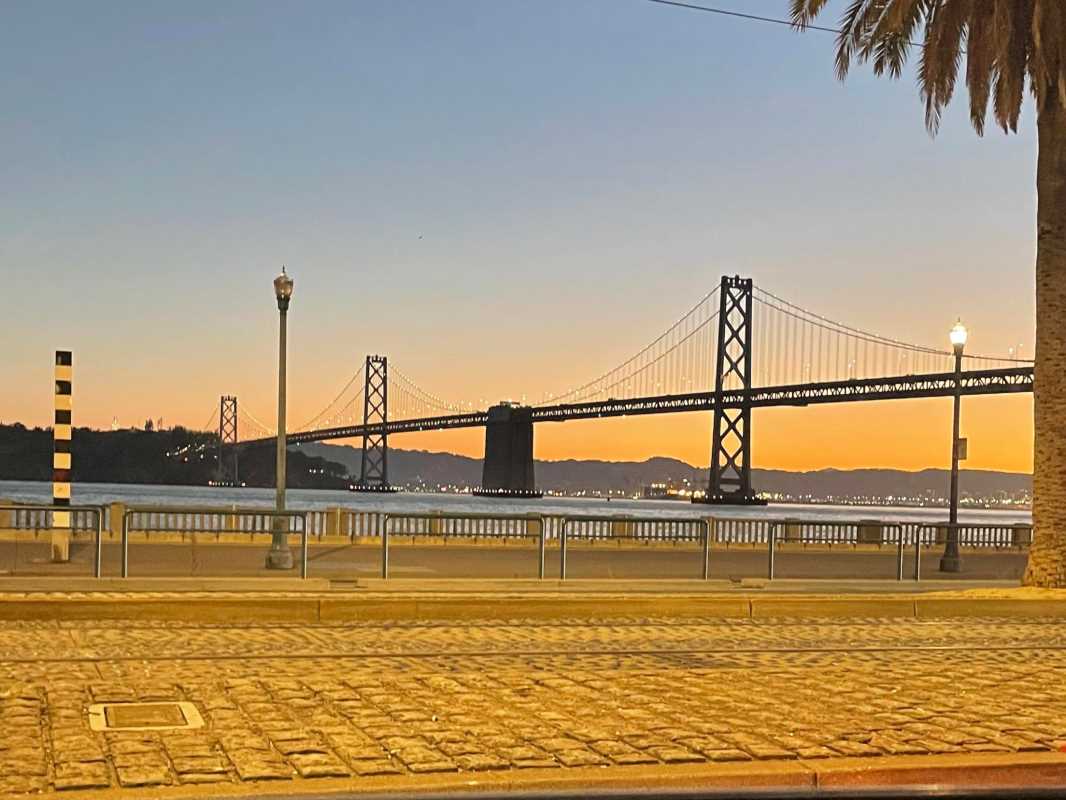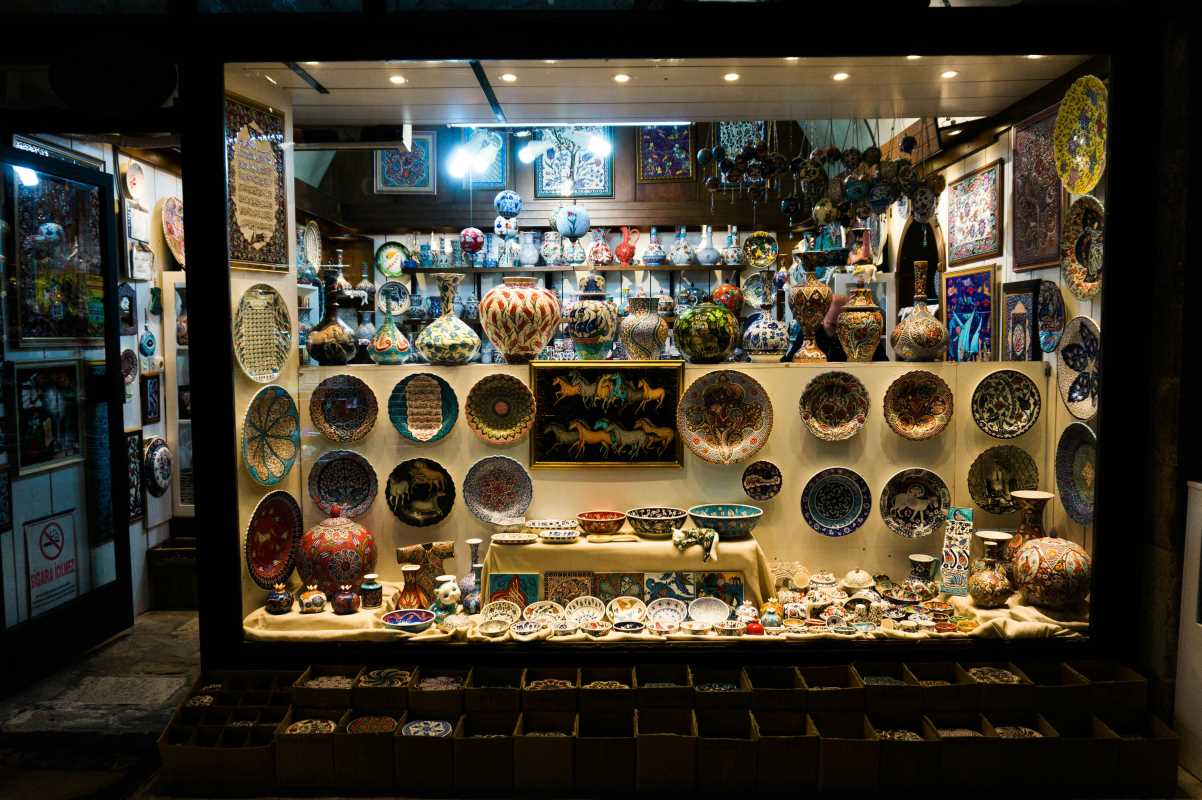The beauty of our shared natural spaces is deeply tied to the health and vitality of our communities. However, litter and waste can damage ecosystems, harm wildlife, and discourage people from enjoying the outdoors. Organizing a community litter walk is a powerful way to address this issue. Not only does it help reclaim natural spaces, but it also strengthens community bonds and raises awareness about environmental stewardship.
Here’s how to organize a successful litter walk and make a lasting positive impact in your local area.
Why Community Involvement Matters
When neighbors come together to care for their environment, the results go far beyond a cleaner park or trail. Community involvement increases awareness of local issues, encourages responsibility for shared spaces, and fosters a sense of pride. Many hands make light work, and by engaging people of all ages in a litter walk, you’ll be building a foundation for future conservation efforts.
Another key benefit is education. Children and teens who participate learn firsthand about the effects of litter on wildlife and ecosystems. For adults, litter walks can reinforce the importance of reducing waste and adopting sustainable practices. Together, these efforts contribute to a cleaner, healthier environment for everyone.
The Benefits of Litter Walks
Litter walks are about more than just picking up trash. They’re an opportunity to reconnect with nature, build relationships with neighbors, and create a shared sense of accomplishment. Litter walks can:
- Restore natural beauty to parks, trails, and waterways.
- Protect local wildlife from harmful plastic and debris.
- Prevent pollution from spreading into rivers and oceans.
- Boost physical and mental health by encouraging outdoor activity.
- Create stronger communities through teamwork and shared goals.
By organizing a litter walk, you’re paving the way for a cleaner future while cultivating a culture of care and respect for the environment.
Step-by-Step Guide to Planning a Litter Walk
Choose a Location
Start by identifying a natural space that could benefit from cleanup. This could be a park, beach, hiking trail, or even a vacant lot in need of attention. If you’re unsure, ask local environmental organizations or city officials for recommendations.
Secure Permissions
Reach out to local authorities or land managers to secure any necessary permissions. Some public spaces, especially protected parks or reserves, may have specific regulations about cleanup activities. Keep them informed and involve them early in the planning process.
Set a Date and Time
Choose a time that works well for most people, such as a Saturday morning or an afternoon during cooler months. Giving participants plenty of notice—at least 2-3 weeks—will ensure higher turnout. Keep an eye on weather forecasts, as a rainy day might deter volunteers.
Engage Volunteers
Start by rallying friends, family, and neighbors. Use local community groups, schools, environmental clubs, and social media to spread the word. Consider partnering with organizations like Scouts, nonprofits, or eco-conscious businesses to expand your reach. Highlight the importance of their effort and the tangible difference they can make for the area.
Gather Supplies
Make a list of all necessary supplies, including:
- Trash bags or reusable collection sacks
- Gloves (preferably reusable to minimize waste)
- Grabbers or litter pickers for safer cleanup
- Buckets for recyclable items like glass, plastic, and aluminum
- First aid kits for emergencies
- Hand sanitizer, bug spray, and sunscreen
Encourage volunteers to bring their own supplies where possible, and consider asking for donations or sponsorships to cover additional costs.
Plan for Trash Disposal
Coordinate with your local waste management services to arrange proper disposal of the litter you collect. If possible, sort items into recyclable and non-recyclable piles to maximize environmental benefits.
Promote Your Litter Walk
Use flyers, community bulletin boards, and online platforms to advertise your event. Share details such as the date, time, meeting location, and what participants should bring. Create a catchy slogan or visual poster to grab attention, and update attendees regularly leading up to the day.
Host the Event
On the day of the litter walk, arrive early to set up and welcome participants. Provide a quick safety briefing, distribute supplies, and designate areas for cleanup. Encourage photos and teamwork to make the event fun and memorable. Lastly, plan a group celebration or photo at the end to showcase the hard work.
Follow Up
Share the success of your litter walk by posting before-and-after photos and thanking everyone who participated. Highlight the amount of litter collected and the positive impact made, and encourage attendees to join future events.
Success Stories
Communities worldwide have transformed neglected areas through litter walks. For instance, a neighborhood in Austin, Texas, organized monthly cleanups along their local creek, leading to the return of native birds and a surge in outdoor activities. Similarly, in New Zealand, a small coastal community removed over two tons of ocean debris, saving countless marine animals and reviving underwater ecosystems.
These stories show how collective action can turn even the direst situations around, inspiring hope and pride in what’s possible.
The Long-Term Impact
The benefits of a clean environment extend beyond the immediate satisfaction of a successful litter walk. Reclaimed natural spaces attract more visitors, support biodiversity, promote physical activity, and become cherished community hubs. Over time, regular cleanups can encourage long-term habits like reducing waste, recycling, and advocating for sustainable policies.
By organizing a community litter walk, you’re fostering a deeper connection to nature and inspiring others to take responsibility for their surroundings. One small event can create ripples of change, ensuring that future generations inherit a cleaner, more vibrant world.
If each of us does our part, our communities—and our planet—will thrive.
 (Image source: Inuvo / DSR)
(Image source: Inuvo / DSR) 





